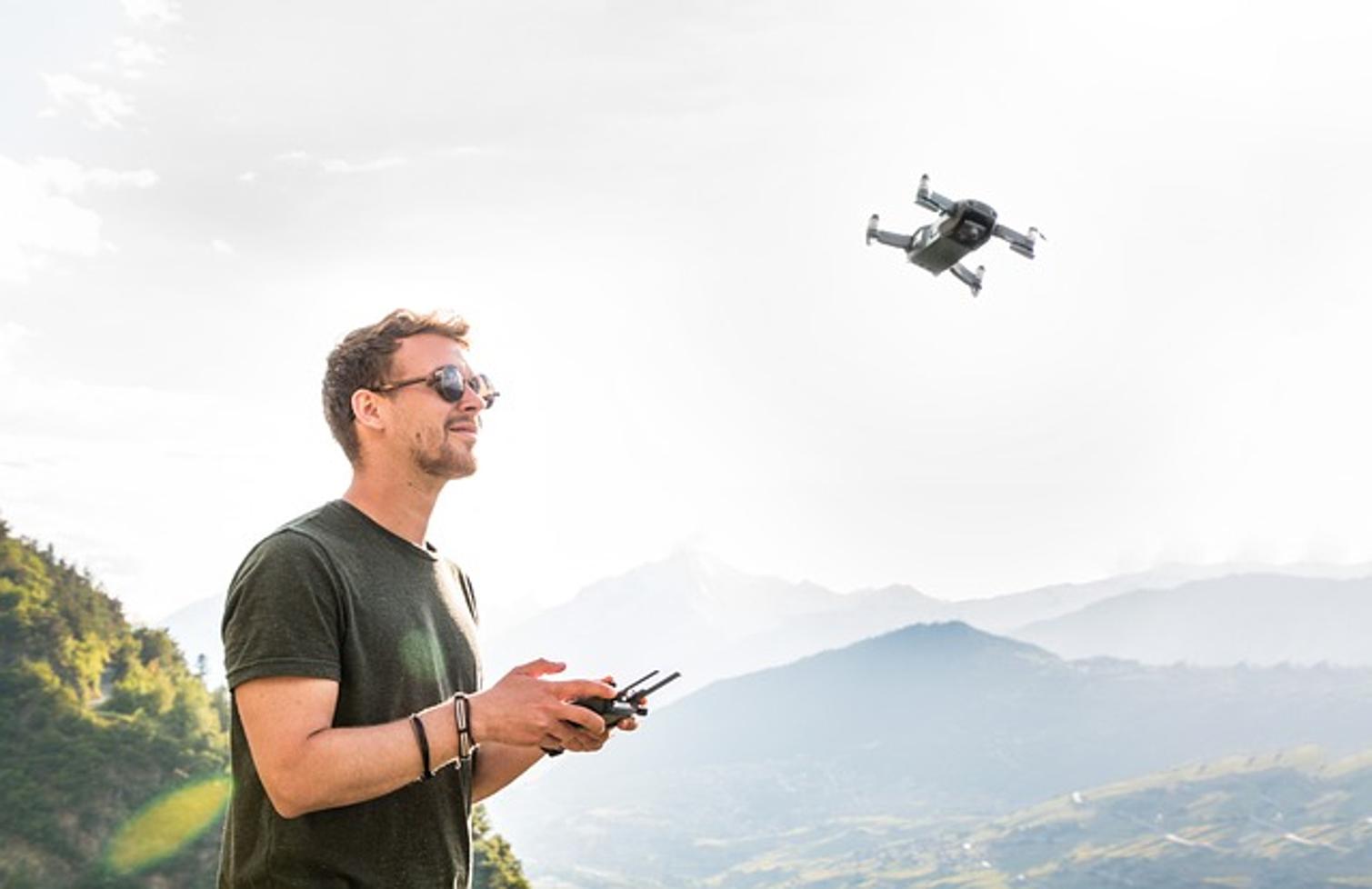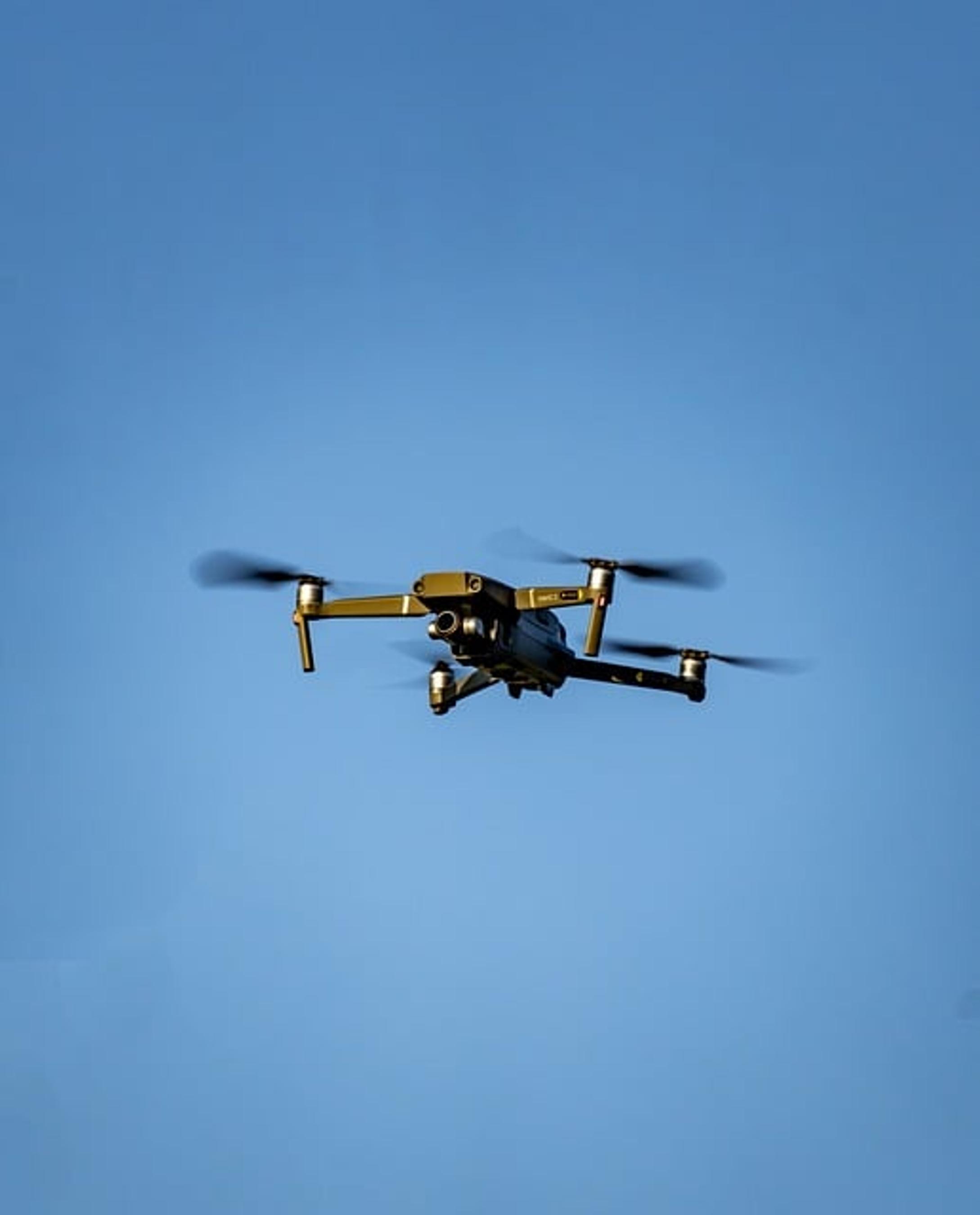The Fastest Drone in the World: A Comprehensive Guide
Introduction
The quest for speed has always been a fascinating aspect of human innovation, and drones are no exception. Today, the need for speed in drones transcends mere recreational use; it impacts commercial delivery, search and rescue operations, and competitive drone racing. This comprehensive guide explores what makes a drone fast, the current record holders, key innovations driving their speed, real-world applications, and the challenges and limitations faced by these high-speed marvels. Let's delve into the exhilarating world of the fastest drones.

What Defines a Fast Drone?
When considering what makes a drone fast, several critical factors come into play:
- Motor Power: High-performance motors generate greater thrust, propelling the drone at higher speeds.
- Battery Efficiency: Advanced battery systems provide sustained power, ensuring the drone maintains peak performance without a rapid loss of energy.
- Aerodynamics: The design of the drone, including its shape and materials, plays a significant role in minimizing air resistance and enhancing speed.
A successful combination of these elements results in a drone that can achieve remarkable velocities, setting it apart in the world of unmanned aerial vehicles (UAVs).
Current Record Holders: The Fastest Drones in 2024
Staying abreast of the latest record holders helps enthusiasts and professionals understand what is possible with modern technology. As of 2024, three drones have set themselves apart in terms of speed:
- Drone #1: RacerX
- Specifications:
- Top Speed: 179.6 mph
- Weight: 800 grams
- Motor: Custom-built high-performance motors
- Battery: 1300mAh Lithium Polymer (LiPo)
-
Details: The RacerX continues to break records with its unparalleled speed, making it a favorite in competitive drone racing.
-
Drone #2: DRL Racer4
- Specifications:
- Top Speed: 90 mph
- Weight: 1100 grams
- Motor: 2510 stator handcrafted brushless motors
- Battery: 6S 1800mAh LiPo
-
Details: Developed by the Drone Racing League, the DRL Racer4 showcases cutting-edge technology and robust design, making it a formidable competitor in aerial races.
-
Drone #3: SpeedyBee
- Specifications:
- Top Speed: 87 mph
- Weight: 950 grams
- Motor: T-Motor F40 Pro III
- Battery: 4S 1500mAh LiPo
- Details: SpeedyBee strikes a balance between power and aerodynamics, ensuring it remains at the forefront of high-speed drones used in various scenarios, from professional racing to advanced aerial photography.

Key Innovations Driving Speed
The innovations behind these high-speed drones are nothing short of remarkable, pushing the boundaries of what UAVs can achieve.
High-performance motors
Drones equipped with high-performance motors benefit from increased thrust and quicker response times. Custom-built motors are designed to handle high RPMs, contributing significantly to the overall speed.
Advanced battery systems
Battery technology has come a long way, with modern drones employing high-capacity, lightweight batteries. Lithium Polymer (LiPo) batteries are particularly favored for their ability to deliver high discharge rates, crucial for maintaining speed without compromising flight time.
Aerodynamics and design
Aerodynamic design is pivotal for reducing drag and enhancing speed. Drones crafted with streamlined bodies, lightweight materials, and optimized propeller placement can slice through the air with minimal resistance, achieving higher speeds efficiently.
Real-World Applications of High-Speed Drones
The practicality of fast drones extends far beyond thrilling races; they play essential roles in various real-world situations.
Competitive Drone Racing
Competitive drone racing has surged in popularity, with high-speed drones taking center stage. These competitions test the limits of both the UAVs and their operators, pushing for faster speeds and more agile maneuvers.
Search and Rescue Operations
In emergencies, time is of the essence. High-speed drones can quickly cover large areas, providing critical aerial views to locate and assist individuals in distress. Their speed enhances the efficiency and effectiveness of rescue missions.
Commercial Delivery
The commercial use of drones is revolutionizing delivery systems. High-speed drones can significantly reduce delivery times for urgent shipments, providing a competitive edge in the logistics industry. Companies like Amazon are investing heavily in drone technology to expedite package delivery.

Challenges and Limitations
Despite their impressive capabilities, high-speed drones face several challenges and limitations. The energy consumption required to maintain high speeds often results in shorter flight times, limiting operational duration. Navigating at high speeds requires advanced piloting skills and sophisticated control systems to prevent accidents and ensure safe operations. Environmental factors such as strong winds and obstacles can also pose risks, further complicating high-speed drone flights.
Conclusion
High-speed drones represent the pinnacle of UAV technology, merging advanced engineering with practical applications. From thrilling races to life-saving missions, these drones showcase the incredible potential of modern technology. As innovations continue to propel this field forward, the future of high-speed drones looks promising and exhilarating.
Frequently Asked Questions
What factors make a drone fast?
Several factors contribute to a drone's speed, including high-performance motors for increased thrust, advanced battery systems for sustained power, and aerodynamic designs that reduce air resistance.
Are fast drones safe for commercial use?
While fast drones offer significant advantages, their safe operation in commercial settings requires advanced control systems, skilled piloting, and adherence to safety regulations to mitigate risks and ensure reliable performance.
How do high-speed drones impact battery life?
High-speed drone operations demand more energy, which can significantly impact battery life, reducing flight time. Advanced battery systems and efficient power management are essential to balance performance and operational duration.



